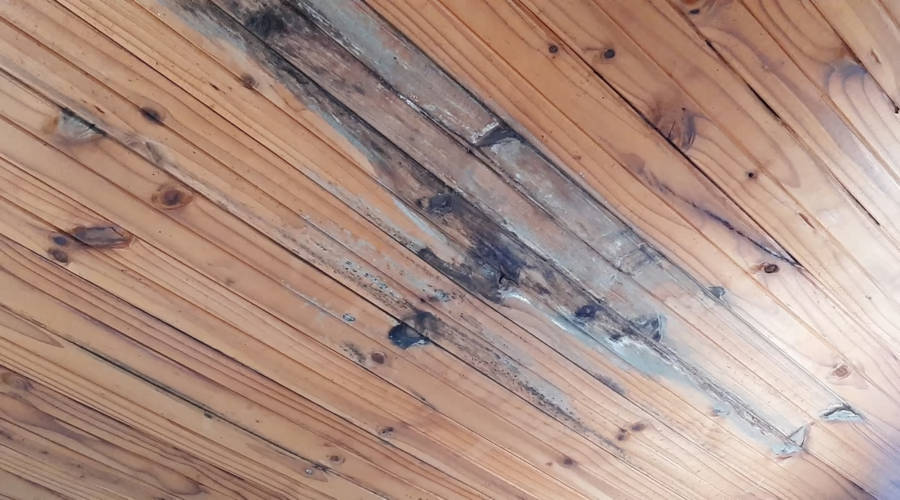A Growing Danger – Mold Infestations and Health Hazards in Neglected Properties
Mold is more than just an unsightly nuisance; it is a serious health hazard. In properties where leaks and moisture problems are ignored, mold growth thrives, creating a dangerous environment for occupants. This issue is highlighted in a neglected property where black, white, and green mold have spread across ceilings and kitchen walls due to persistent leaks and unchecked water damage throughout the rainy season.
The Health Risks of Mold
Mold, particularly black mold (Stachybotrys chartarum), is associated with a range of health issues, including:
- Respiratory problems, such as asthma and chronic bronchitis.
- Allergic reactions, including sneezing, skin rashes, and itchy eyes.
- Weakened immune systems in children, the elderly, and individuals with pre-existing conditions.
Exposure to mold over prolonged periods can exacerbate these health risks, turning a neglected property into a potential public health crisis.
The Legal Obligations of Landlords and Municipalities
Mold growth in a property is not just a maintenance issue—it is a legal matter. Under South African law, property owners and landlords have a duty to ensure that premises meet basic habitability standards. This includes:
- Municipal Bylaws
- Municipal Health Bylaws typically classify mold infestations as a violation of public health standards, requiring immediate remediation.
- Rental Housing Act (1999)
- Section 5(1) obligates landlords to maintain rental properties in a condition fit for human habitation, free from defects that could endanger health or safety.
- Constitution of South Africa (1996)
- Section 24 guarantees everyone the right to an environment that is not harmful to their health or well-being.
Municipal Responsibilities
When such health risks are reported, municipalities have a legal obligation to act under:
- National Health Act (2003)
- Section 31 mandates municipalities to enforce public health standards and intervene in cases of health hazards.
- PAJA (2000)
- Occupants can demand accountability and fair administrative action from municipalities for delays or inaction.
What Occupants Can Do
- Report the Issue
Occupants should report mold infestations to landlords and municipal health departments with photographic evidence and formal complaints. - Seek Recourse
If there is no response, occupants may escalate the issue through legal channels, invoking PAJA or consulting with housing rights organizations. - Raise Awareness
In cases of prolonged inaction, making the issue public can prompt broader accountability and push authorities to act.
The Responsibility of the Public
Neglected properties harm not just occupants but entire communities, creating breeding grounds for disease and environmental degradation. It is essential for landlords, municipalities, and the public to work together to address these hazards swiftly and effectively.
Conclusion
The unchecked growth of black, white, and green mold in neglected properties is a clear violation of basic human rights and health standards. With legal protections in place, occupants have the tools to report and demand action. However, it is also a broader societal obligation to ensure that no one is forced to live in conditions that compromise their health and safety.
Legal Context for the Right to Publish
This article is published under Section 16 of the Constitution of South Africa (1996), which guarantees the right to freedom of expression, including the right to receive and impart information. Furthermore, it adheres to the Promotion of Access to Information Act (2000), which supports the public’s right to access information necessary for the protection of health and rights. Finally, the principle of Open Justice affirms that matters of public interest, such as health hazards in neglected properties, warrant transparency and accountability.


